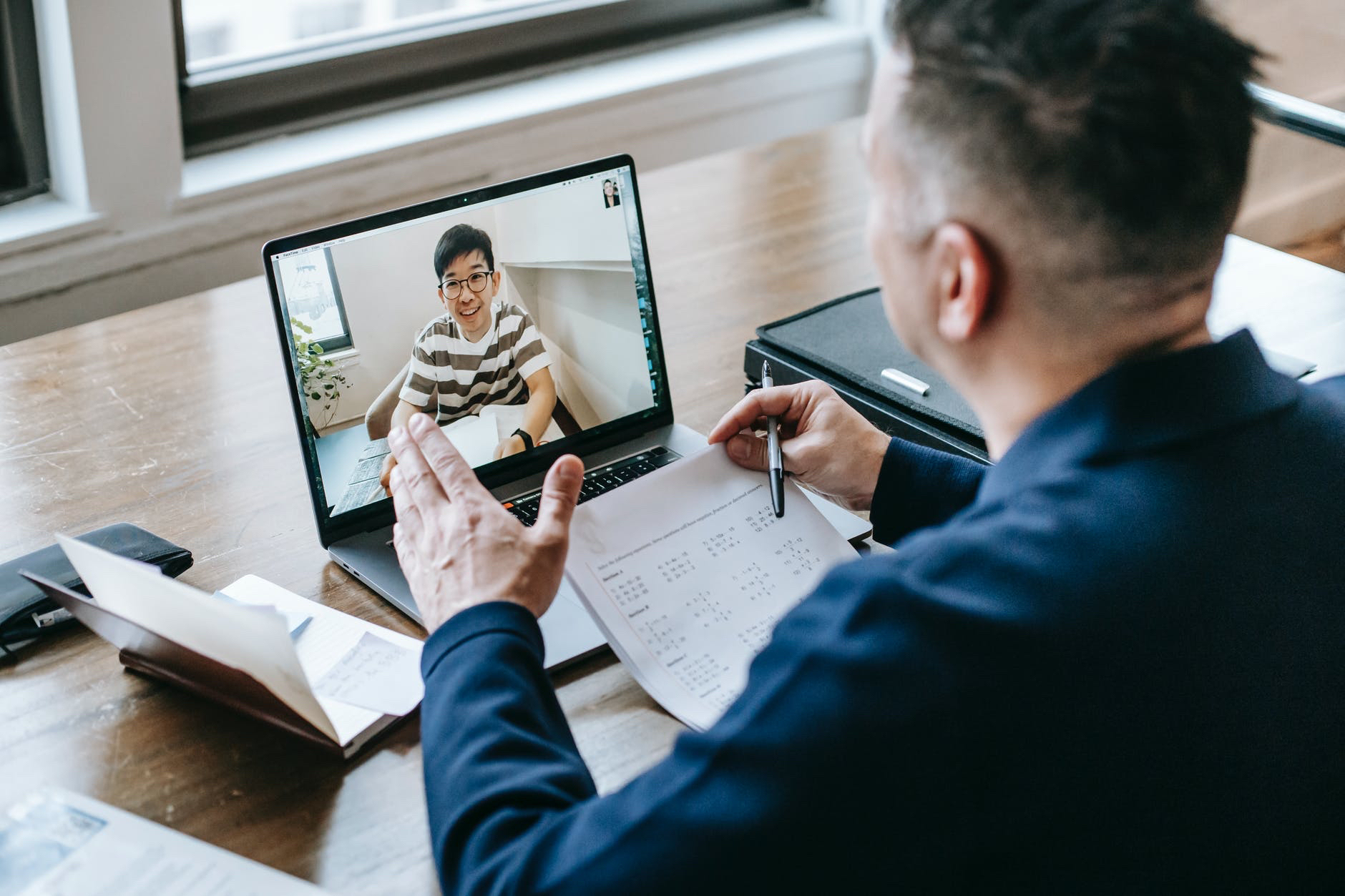Drs. Diane Chapman, Katherine Stewart, and Courtney Thornton from NC State University described a large survey of the faculty there in April 2020. They presented the results and discussed implications in a recorded session for the 2020 Lily Conference. The survey had the goal of learning from instructors about their experience providing academic continuity to students during the Spring 2020 COVID-19 pandemic. The survey focused on areas in which instructors felt prepared or less prepared and resources, tools, and strategies that were helpful or missing. They surveyed 2,857 instructors of record with a 31% response rate (~900). Most of respondents (81%) had one or two courses to prepare for online transition. Chapman and Thornton asked instructors how prepared they felt for nine activities before and after the transition. Instructors felt more prepared to use asynchronous technologies if they had multiple preps. Instructors with the least experience teaching online showed the highest gains in skills for online content delivery. They asked three open-ended questions: what are the biggest challenges was the first question. Instructors struggled with choices of student engagement and how to maintain contact. Many comments were provided in the course design area. Instructor comments mentioned the challenges of students to access the internet and materials. Selecting and learning instructional technologies was another challenge mentioned by instructors. Instructors tried to replicate the whiteboard as best they could using tools. The second questions was about what tools were the most helpful for instructors during the transition. Instructors used their colleagues, instructional designers, and training videos. It is interesting that one of the quotes mentioned that the university was sending lots of information and some faculty found it easier to turn to friends! The final open-ended question was about helpful resources used to deliver content online. Zoom was mentioned as most helpful, and instructors mentioned specific activities such as virtual student hours, breakout rooms, weekly Q&A sessions… being able to record lectures. Some concerns mentioned were privacy issues. The Learning Management System (LMS) was critical for instructors. The final theme in the delivery category was student engagement strategies. Summaries, recaps, frequent announcements and other strategies were reported. I liked that responses included acknowledgment by instructors of the pandemic and inclusion of fun elements in their course LMS. Chapman ended by asking participants to think about what strategies might colleges and universities consider to help avoid or alleviate challenges when instruction is disrupted? I’ve learned a lot from Diane Chapman and the Office of Faculty Development. Thanks to their workshops, I was better prepared to continue teaching during the disruption. Additionally, the workshops and strategies have helped me rethink my course design beyond the current pandemic situation. I wonder if after a year now, the tools and strategies mentioned by faculty would change? I’m not sure they would!



